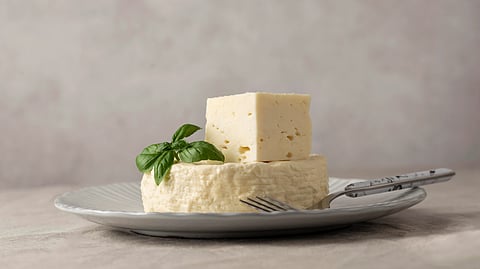Recent enforcement actions across different states has revealed the magnitude of paneer adulteration in India, with authorities seizing approximately 1,300 kg of spurious paneer in Patiala and 4,810 kg of adulterated paneer on the Lucknow-Agra expressway.
The Food Safety and Standards Authority of India (FSSAI) has been sounding the alarm. Their 2020 Pan-India Milk Products Survey collected 2,801 milk product samples including paneer, khoa, and chhena from 542 districts across the country, revealing troubling patterns of non-compliance with safety standards. FSSAI conducted a milk survey in 12 states, of which 10 had an incidence of Lumpy Skin Disease (LSD) and two were controls.
LSD was referenced in the survey because its presence affects milk availability and quality in cattle-producing regions, not because LSD poses any risk to humans or contributes to paneer adulteration.


